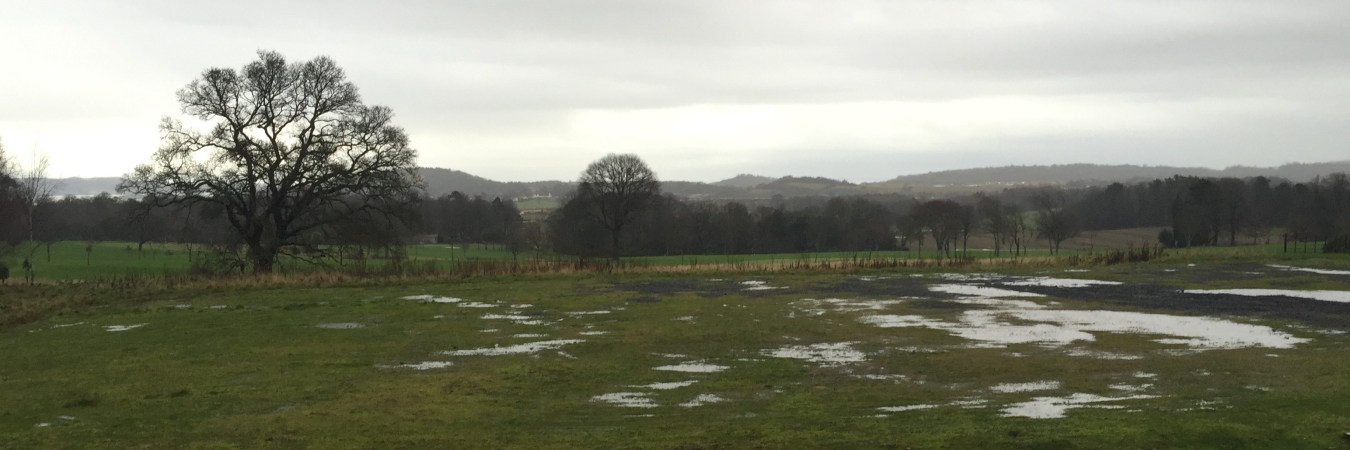Effects of severe flooding on a lowland farm
What is the role of tree planting?
Postgraduate student, Rachel Glover, has been investigating the impact of severe annual river flooding on a mixed lowland farm in Shropshire.
Resource explained
Postgraduate student, Rachel Glover, has been investigating the impact, including the cost, of severe annual river flooding on a mixed lowland farm in Shropshire, and the farmer’s management response, including extensive tree planting. This research was undertaken as part of Rachel’s Master of Research (Negotiated Studies) in Trees and the Farmed Environment at Harper Adams University in 2016. As well as a comprehensive literature review, Rachel used a case study approach, visiting and interviewing the farmer several times. The farmer in this case study of a flood-prone farm perceived many benefits of planting trees on his land, including maximising land use on this challenging site and acting as a custodian of farmland.
Findings & recommendations
The increasing frequency and severity of flooding throughout the world is causing concern. In the UK the response to this is to examine and manage water catchments including natural processes to slow the flow. This can include tree planting on flood plains. This case study examines the economic and day-to-day operational effects of farms that have been flooded, and the possible benefits or constraints of tree planting.
- Typically, 50 hectares (ha) of the 324 ha case study farm was flooded by the River Severn every year between October and March; crops were damaged and livestock evacuated, with debris cleared post flood.
- The unpredictable nature of flooding impacts on daily and long-term decision making.
- Under severe flooding of grassland, which involved rehousing of stock and clearing, a loss of approximately £16,000 could be expected.
- The farmer planted 4,500 mixed native trees in 2014/15 with associated costs of £10,500. The benefits the farmer perceived included enabling him to maximise land use on this challenging site (planting in flood-prone dips), reducing soil erosion, enhancing the landscape, timber production, shade and shelter for livestock, and biodiversity of species. His greatest motivation was the desire to act as ‘custodians of the farmland’ and conserve the social benefits for future generations.


